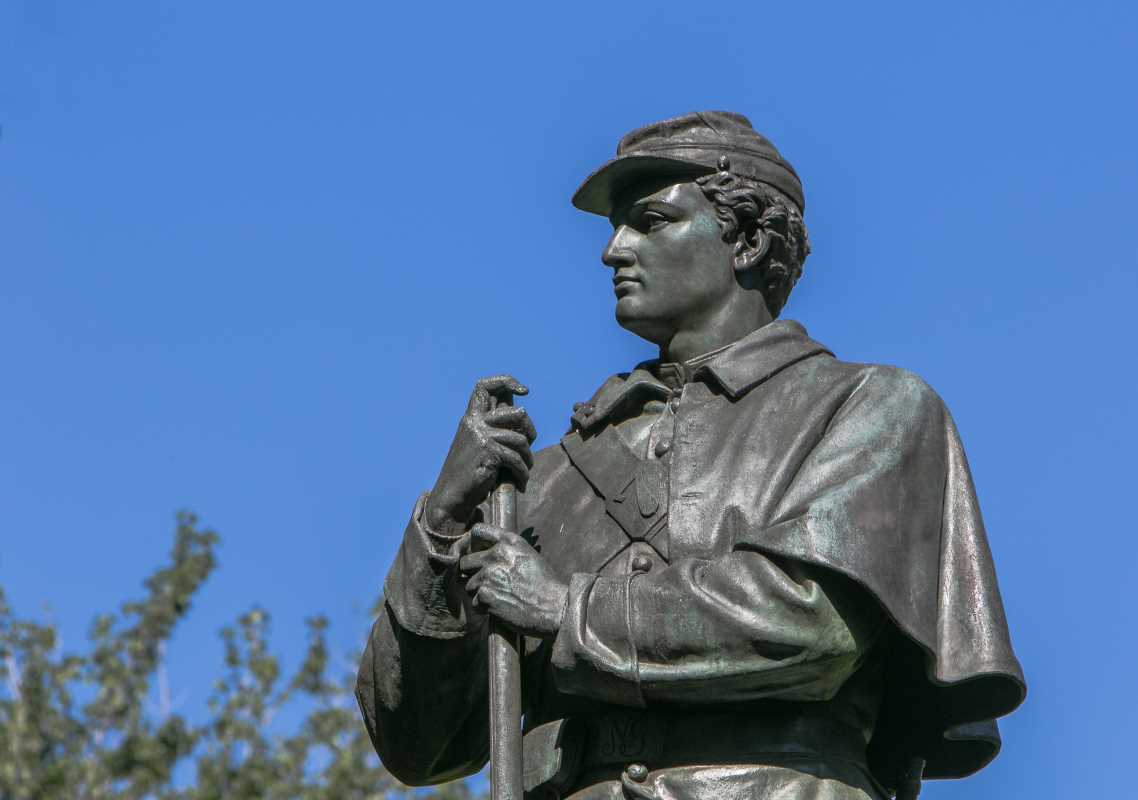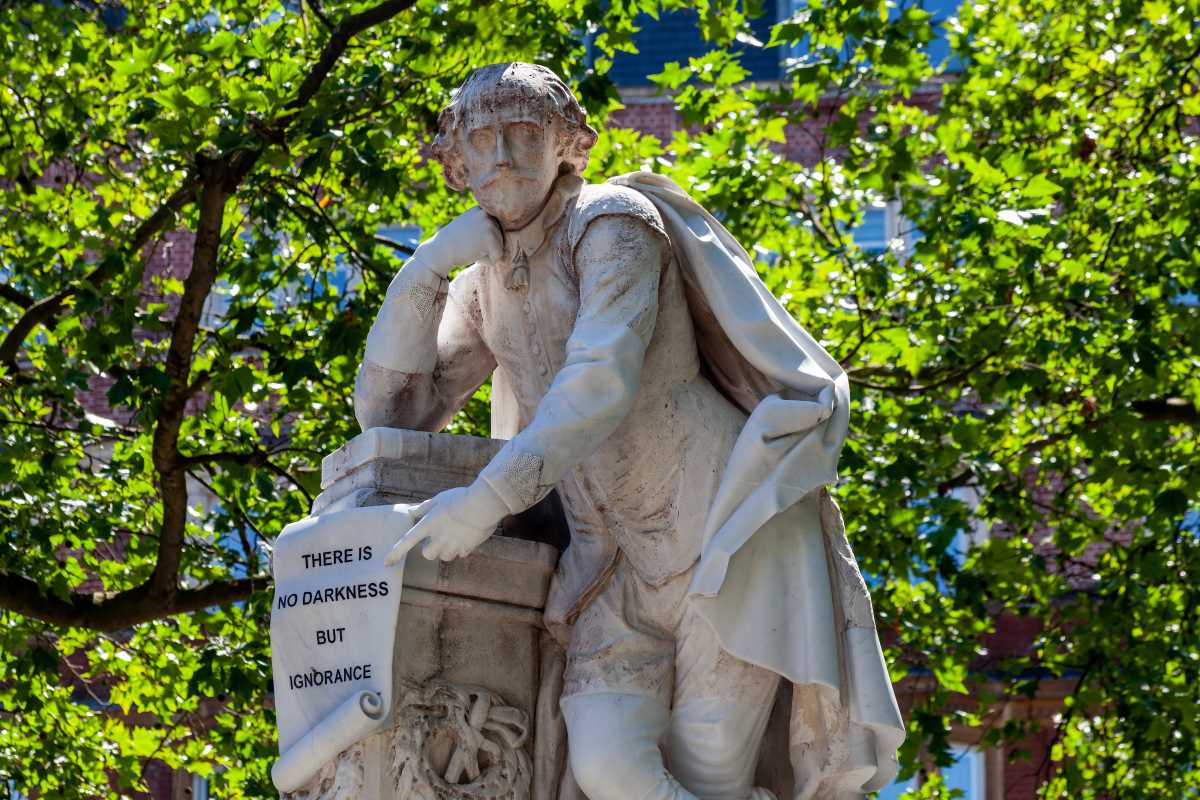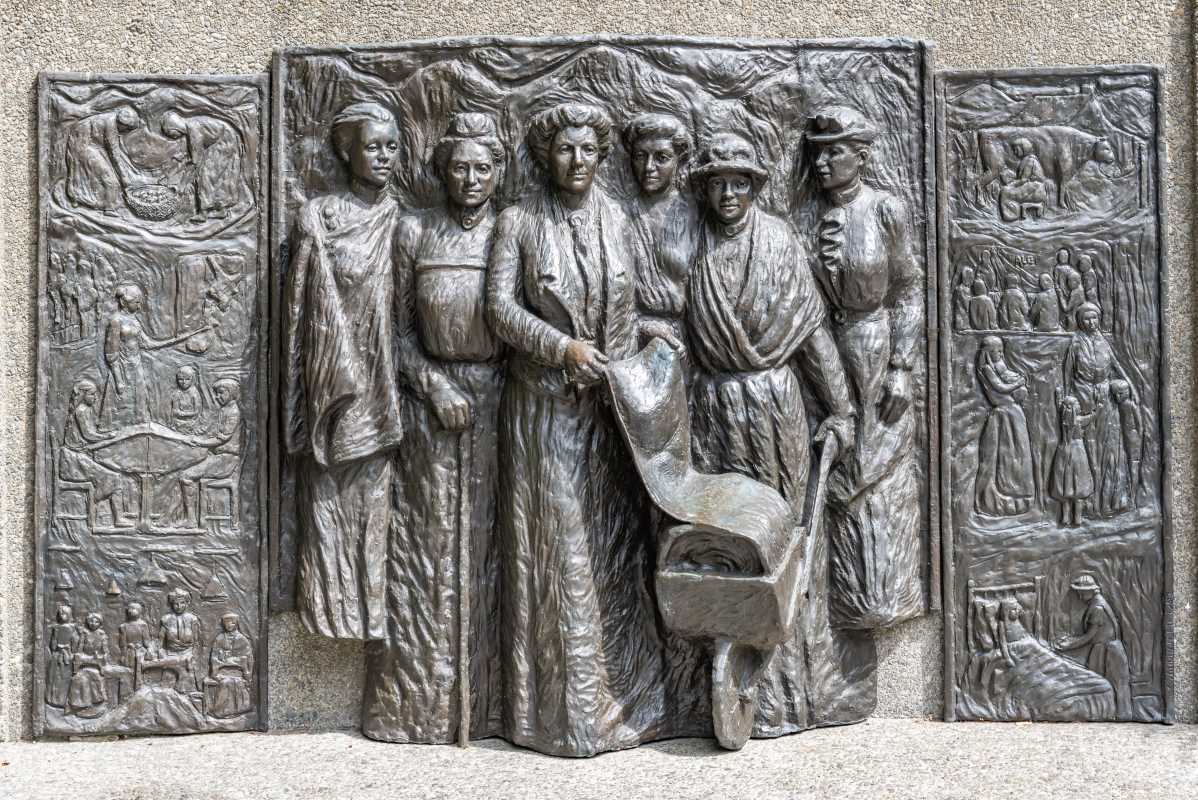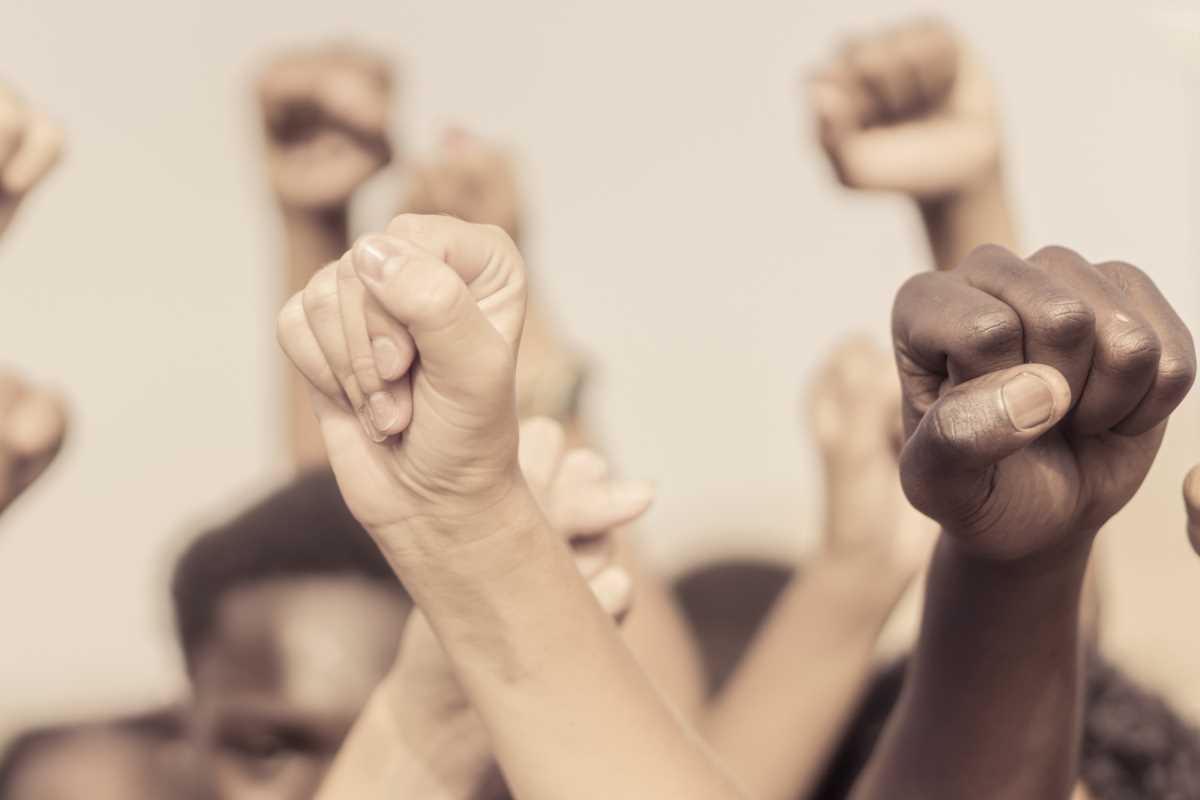World War II was not just a battle fought with tanks and planes; it was also a war fought with ideas, emotions, and influence. Propaganda became a powerful tool for shaping public opinion, rallying support for the war effort, and influencing perceptions of the enemy. During this time, every form of media—from newspapers and magazines to radio broadcasts, posters, and film reels—was used to unite the American people under a common cause.
The impact of WWII propaganda has shaped the way American media operates, influencing how information is spread, how stories are told, and even the role media plays in supporting or questioning government actions. Let's explore how wartime propaganda left a lasting mark on the American media landscape.
The Role of Propaganda During World War II
Shaping Public Opinion and Unity
When the U.S. entered WWII after the attack on Pearl Harbor in 1941, the government faced a massive challenge: uniting a diverse population behind a common goal. To do this, it turned to propaganda, which is a form of communication designed to influence opinions and behavior.
The Office of War Information (OWI) was established to coordinate propaganda efforts. Its goal was simple but ambitious—to ensure that every American citizen felt a personal stake in the war, whether by enlisting, conserving resources, or supporting the war effort financially. The OWI worked closely with advertisers, artists, filmmakers, and journalists to spread its message to as many people as possible.
Portraying the Enemy
Propaganda also created sharp images of the enemy, often relying on stereotypes. Posters, cartoons, and films portrayed Axis leaders like Adolf Hitler and Emperor Hirohito as villains or even caricatures of evil. While this helped stir feelings of patriotism and urgency, it also encouraged harmful generalizations, particularly toward Japanese Americans, many of whom were unjustly sent to internment camps during the war.
Motivating the Home Front
For those who didn’t serve in the military, propaganda emphasized their role in the victory. Women were encouraged to enter factories through iconic campaigns such as “Rosie the Riveter,” while everyone was urged to ration food, recycle materials, and buy war bonds. Media outlets delivered these messages in ways that made people feel empowered and essential to the war effort.
The Tools of Propaganda
To understand the lasting impact of WWII propaganda, it helps to look at how different kinds of media were used to spread the message.
Posters and Visual Art
Posters were one of the most visible forms of propaganda. Bold, colorful, and often emotionally charged, they displayed slogans like “Loose Lips Sink Ships” or “We Can Do It!” These images didn’t just inform; they inspired action. Artists like Norman Rockwell contributed to the effort, creating works that gave an emotional and relatable face to the American war experience.
Film and Hollywood’s Role
Hollywood played a critical role in disseminating propaganda. Filmmakers partnered with government agencies to produce movies and newsreels that showcased American military strength or highlighted enemy atrocities.
Directors like Frank Capra created wartime documentaries, such as the “Why We Fight” series, which explained the reasons behind U.S. involvement in the war. Meanwhile, feature films incorporated patriotic themes, often showing brave soldiers, resilient families, and just causes.
Radio and Newspapers
Radio was one of the most effective tools for reaching American households. Families would gather around their radios to hear updates on the war, inspiring speeches from government leaders, and even entertainment programs that subtly incorporated war themes. Newspapers, too, became vital for delivering news and spreading key messages. Headlines were crafted not just to inform, but to rally support and maintain morale.
The Long-Term Influence on American Media
The collaboration between the government and media industries during WWII set a precedent, and its techniques can still be seen in how American media operates today.
Media’s Role in Influencing Public Opinion
One of the clearest legacies is how media is used to shape public opinion during times of crisis. From military conflicts like the Vietnam War to the War on Terror, the government and media have often worked together, sometimes controversially, to frame public understanding of events. The idea that media can build unity and support for a cause—as seen in WWII propaganda—is something that has carried forward.
Storytelling and National Pride
WWII propaganda helped establish storytelling techniques that highlight themes of courage, resilience, and national pride. These techniques are still used in news coverage, films, and even advertisements. War movies, for example, often draw directly from the visuals and themes of WWII-era films, focusing on heroism, sacrifice, and the moral clarity of the cause.
The Power of Visuals
The eye-catching posters and images created during WWII showed the power of visuals to captivate and persuade. Today, social media platforms use similar strategies. Quick, bold visuals are used to grab attention, spread messages, and create movements. Modern campaigns, whether political or social, owe much of their visual storytelling approach to WWII propaganda.
The Rise of Critique and Skepticism
Post-WWII, the relationship between media and the government began to change. During the war, the media largely aligned itself with the government’s goals, presenting the information in a way that supported the cause. But, as events like the Watergate scandal and the Vietnam War unfolded, American media became more skeptical and critical of government intentions. This shift shows how propaganda's influence evolved, leading to a more questioning and investigative approach to journalism.
Controversies and Lessons Learned
While WWII propaganda had many positive effects, such as uniting a nation and inspiring patriotism, it also raised ethical questions. For instance, the way propaganda demonized entire groups of people contributed to prejudice and injustice, such as the treatment of Japanese Americans. This serves as a reminder of how powerful media can be for both good and harm.
Modern media regulators and watchers have learned many lessons from this period about the need for truthful and ethical messaging. Today, outlets face ongoing debates about bias, misinformation, and propaganda-like tactics in their reporting.
The Challenges of Bias and Misinformation
Bias in media, whether intentional or not, has been a problem for a long time. Today, technology makes it worse because algorithms (the systems that decide what you see online) tend to show people content they already agree with, rather than what’s true. This creates “echo chambers,” where people only hear opinions like their own. When bias goes unchecked, it can divide audiences and cause people to lose trust in the news.
Misinformation, or false information, also makes it hard for people to understand important issues like health or elections. Social media makes it easy for false content to spread quickly. For example, during the COVID-19 pandemic, fake information about vaccines spread widely. Platforms like Facebook, Twitter, and YouTube had to add labels or remove posts that broke public health rules to fight this problem.
Some organizations or groups also use propaganda-like methods to sway opinions. They do this by leaving out key facts or framing issues in ways that benefit their side. This harms public trust, so regulators (people or groups who watch over the media) push for ethical and truthful reporting.
How Media Outlets are Responding
News organizations are taking steps to fix these issues. Fact-checking has become an important part of responsible journalism. Groups like The Associated Press, Reuters, and PolitiFact work to check facts, correct mistakes, and stop false information from spreading.
Some media outlets are also trying to be more open with their readers by showing how they decide what to report and where they get their information from. For example, websites like BBC and The New York Times now have Q&A sections or editors who handle public feedback to improve trust.
There are also global efforts like the International Fact-Checking Network (IFCN), which brings fact-checkers together to ensure high standards for truthfulness. Programs like the Journalism Trust Initiative focus on making sure news outlets are fair, accurate, and transparent.
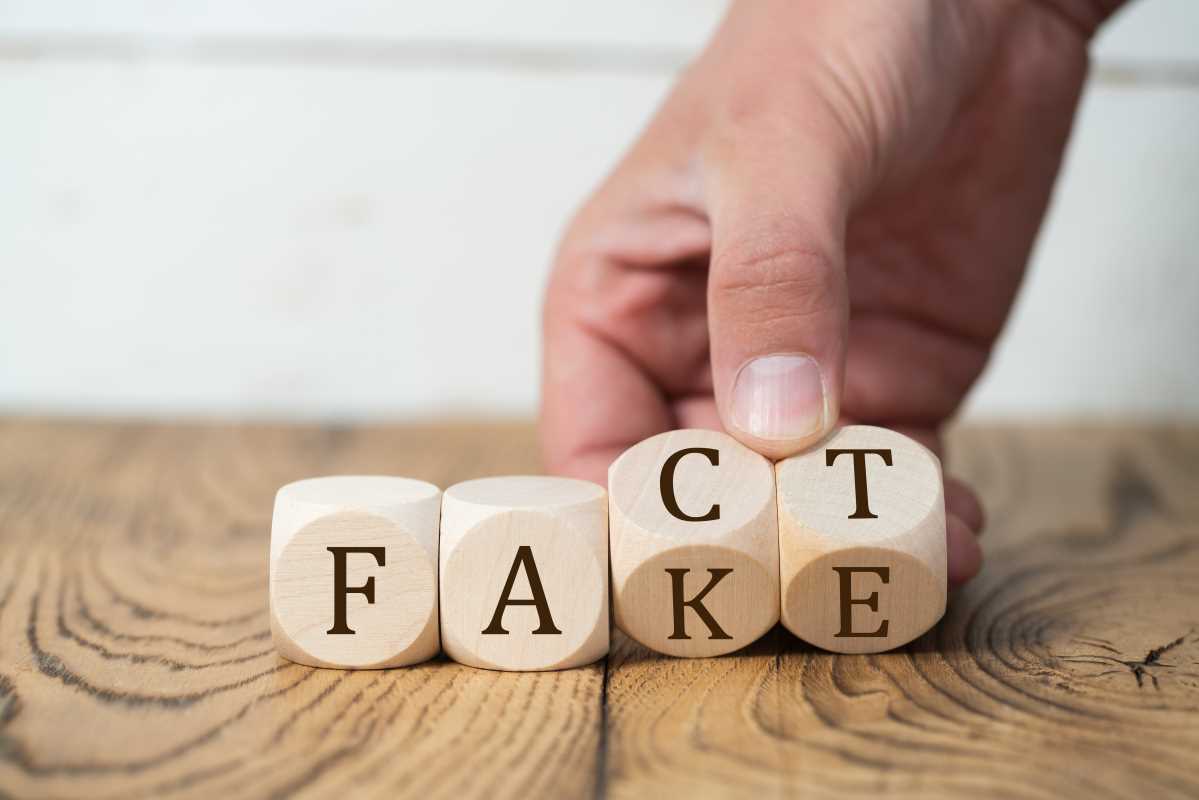 (Image via
(Image via

